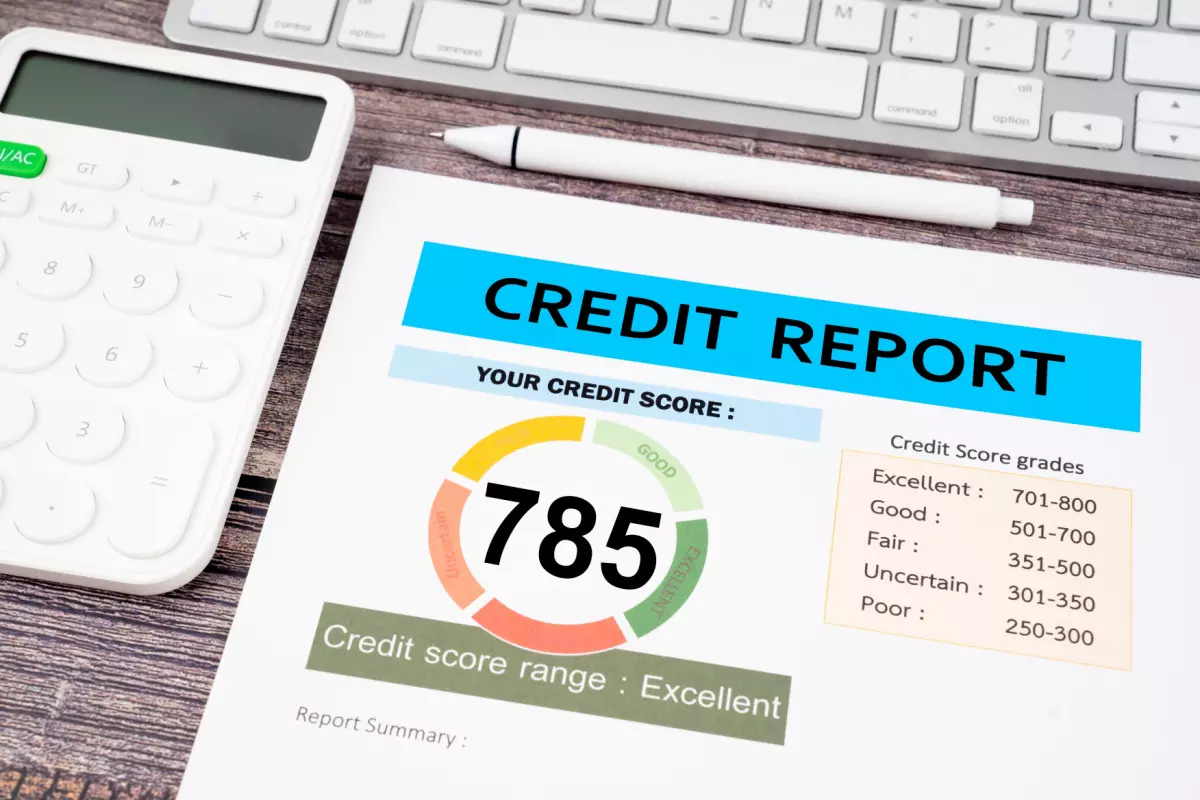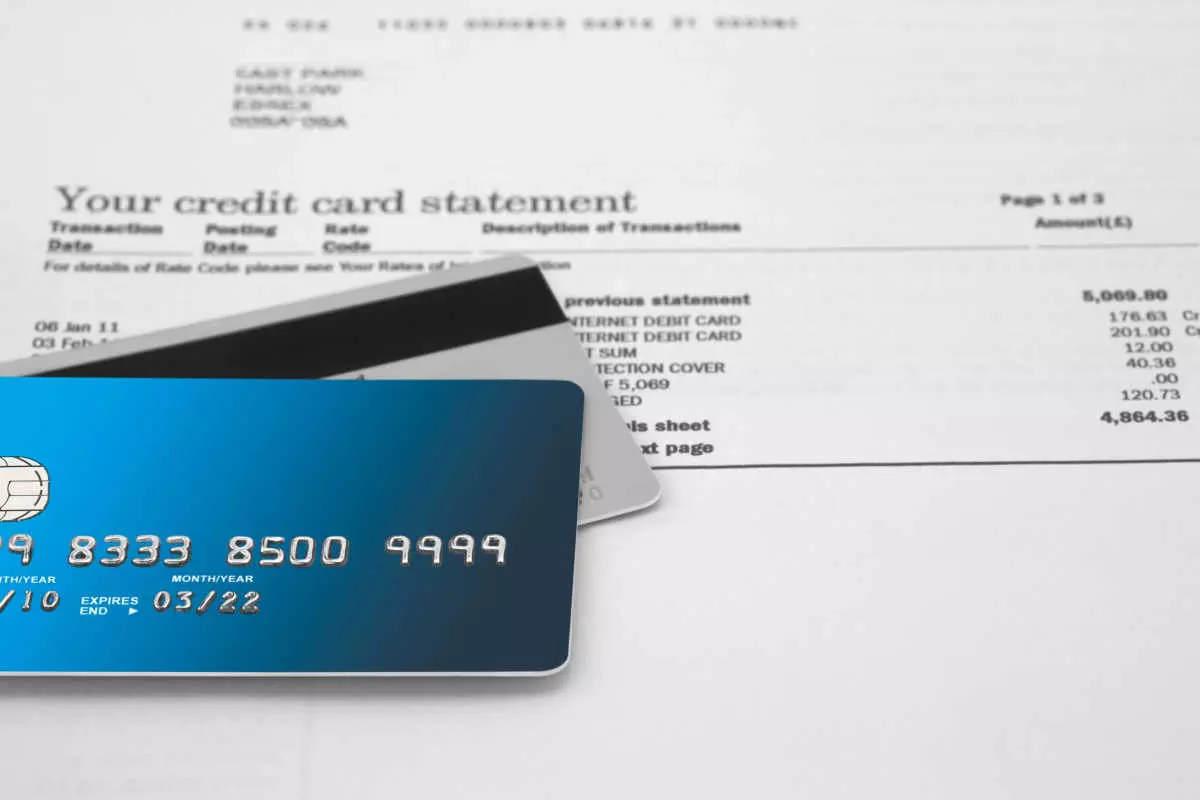Understanding Secured vs. Unsecured Credit Cards: Which is Best for You?
Are you looking to take control of your financial future? Choosing the right type of credit card is the first step. Secured credit cards might be your best bet if you’re looking to build credit or budget more effectively.
They require a deposit that doubles as your credit limit, ensuring you spend within your means. Alternatively, if your credit history is already strong, an unsecured credit card offers the freedom to leverage benefits like rewards programs and competitive interest rates without any deposit.
This guide will walk you through the specifics of secured vs. unsecured credit cards, helping you determine which one aligns with your financial plans and lifestyle.
What Are Secured Credit Cards?
A secured card requires you to deposit a sum of money upfront. This deposit typically determines your credit limit – the maximum amount you can spend. As a result, these cards are preferred by individuals aiming to improve their credit scores or manage their spending more effectively.
When you apply for a secured credit card, the issuer will ask for a deposit. For example, if you deposit $500, you’ll have a $500 credit limit. This deposit acts as a safety net for the card issuer; in case you can’t make payments, the issuer uses the deposit to cover the costs.
You use this card just like any other credit card to make purchases up to your credit limit. You’ll receive monthly statements to pay off your balance or make minimum payments. Importantly, your activity with this card is reported to the credit bureaus.
Here’s how secured cards can help with your finances:
- Credit Building: Since the card issuer reports your payment history to credit bureaus, consistent, timely payments can significantly improve your credit score.
- Controlled Spending: The deposit you make acts as your credit limit, helping you manage your finances by preventing overspending.
- Accessibility: Secured cards are generally easier to obtain than unsecured cards, making them a good choice for those with no credit or poor credit histories.
- Potential for Upgrade: Many issuers may allow you to upgrade to an unsecured card after a period of responsible use, often returning your initial deposit.
While secured cards can be beneficial to individuals who want to budget better, you should consider the downsides before applying for one:
- Upfront Deposit Required: Secured cards require an initial cash deposit, which can be a barrier if funds are tight.
- Lower Credit Limits: The credit limit is typically set at the deposit amount, which may not be sufficient for larger spending needs.
- Fees: Secured credit cards often have an annual fee ranging from about $35 to $99.
- Interest Rates: The APR for secured credit cards can be quite high, with some rates around 29.99%.
- Limited Perks: Secured cards rarely offer the kinds of rewards or perks, like airline miles or cash back, that many unsecured cards do.
What Are Unsecured Credit Cards?
Unsecured credit cards are the most common type of credit card and do not require a security deposit to open an account. These cards are granted based on your creditworthiness, which includes your credit history, income, and other financial factors.

When you apply for an unsecured credit card, the issuer checks your credit history to assess your risk as a borrower. Based on this assessment, you are either approved or denied, and if you are approved, the issuer will set your credit limit.
This limit can be increased over time as you demonstrate responsible card usage and timely payments. Unlike secured cards, the credit limit is not tied to a deposit. Instead, it reflects the issuer’s confidence in your ability to repay the debt.
Let’s explore the advantages of unsecured credit cards and how they might benefit a broad range of users:
- Building Credit: Responsible use of an unsecured card, including regular payments and staying well below your credit limit, can help maintain or improve your credit score.
- Rewards and Benefits: Many unsecured cards offer attractive rewards programs, including points for travel and dining, cashback on purchases, and zero-interest promotional periods.
- Higher Credit Limits: Unsecured cards often have higher credit limits, allowing for greater financial flexibility for those with good credit histories.
- No Deposit Required: Unlike secured cards, there is no need to tie up money in a deposit, making unsecured cards a less burdensome option financially.
When considering the drawbacks, make sure to weigh how they might impact your financial strategy:
- Potentially Higher Interest Rates: Unsecured cards can carry higher APR rates, reaching up to around 24%.
- Fees: Typical fees include annual fees, which can vary widely based on the credit card issuer and the benefits provided. Some premium cards with extensive rewards programs often charge annual fees of $95 or more.
- Higher Qualification Standards: These cards typically require a good to excellent credit score, which may exclude those with poor credit or limited credit history.
- Risk of Overspending: Without the inherent spending limit set by a deposit, there’s a greater risk of accruing debt that might be difficult to manage.
Main Differences Between Secured and Unsecured Credit Cards
This table provides a side-by-side comparison to help you understand the differences between secured vs. unsecured credit cards, making it easier to decide which credit card types align best with your financial needs and goals.
| Feature | Secured Credit Cards | Unsecured Credit Cards |
|---|---|---|
| Eligibility | Designed for building or rebuilding credit, easier to obtain with poor or no credit history. | Usually available to anyone, but higher limits and better rewards are reserved for good credit applicants. |
| Credit Limits | Equal to the security deposit. | Set based on creditworthiness; generally higher for people with good credit history and can increase over time with responsible usage. |
| Fees and Interest Rates | May come with higher fees depending on creditworthiness. | Typically feature lower rates and fees, with zero interest periods. Cards with more rewards may have higher fees. |
| Reporting to Credit Bureaus | Usually report to all three major credit bureaus, aiding in credit building. | Also, report to credit bureaus. |
| Rewards and Benefits | Little to no perks. | Extensive rewards programs, including cashback and travel points. |
| Graduation Policies | Some cards may allow upgrading to an unsecured card and return the deposit after a period of responsible use. | No graduation, but potential for higher limits based on usage and payment history. |
| Impact on Credit Scores | Positive impact if managed well, particularly with lower credit utilization due to controlled spending limits. | Can also positively affect credit scores when managed responsibly. However, higher credit limits increase the risk of overspending, which could negatively impact your credit score if not carefully monitored. |
| Flexibility in Use | Lower limits may restrict usage for larger purchases. | Higher limits offer more substantial purchasing power. |
How to Choose Between Secured and Unsecured Credit Cards
Deciding between secured vs. unsecured credit cards is a significant step in managing your finances. Understanding the distinct features of each can help you align your financial strategies with your personal or business goals.
Current Credit Score and Improvement Plans
Your current credit score is a primary factor in determining whether you qualify for an unsecured card or if a secured card is more appropriate. If your credit score needs improvement or you’re building credit from scratch, a secured card might be the best start. It allows you to demonstrate responsible credit behavior in a controlled environment.

If you already have a good credit score and are looking to further enhance it or maintain it, an unsecured card offers more flexibility and does not require a cash deposit.
Final Verdict: If improving your credit score is a priority, especially if it’s low or nonexistent, secured cards are often more suitable. If your score is already good, an unsecured card can help maintain it.
Budgeting Needs and Financial Habits
Consider your budgeting practices and financial discipline. If you are prone to overspending, a secured card can help impose a limit and keep your spending in check. This makes it easier to manage finances and prevents debt accumulation.
Unsecured cards provide higher credit limits and less stringent spending constraints for those with stable incomes and disciplined spending habits.
Final Verdict: Secured cards help prevent overspending. For individuals with disciplined financial habits, unsecured cards offer greater flexibility.
Perks, Rewards, and Benefits
Unsecured credit cards often come packed with various perks such as cash back, travel rewards, and zero-interest periods. These are typically not offered by secured cards. If these rewards align with your spending patterns, such as frequent travel or everyday purchases, an unsecured card can be more beneficial.
However, if these perks are less enticing to you or unnecessary, the straightforward nature of secured cards may be preferable.
Final Verdict: Unsecured cards are the clear winner for those who value rewards and perks such as travel points and cashback.
Costs, Fees, and Interest Rates
Both card types come with various fees, but secured cards generally have lower costs despite sometimes having annual fees. Unsecured cards can carry higher fees, especially for cards with extensive rewards programs. It’s important to compare the costs of each card against the benefits it offers to see if the fees are justified by your usage and the benefits received.
Final Verdict: If minimizing costs is important, secured cards typically have lower fees.
Repayment Capabilities and Interest Rates
Typically, secured cards have higher interest rates, but if you’re rebuilding credit and paying off balances in full each month, this may not be a significant issue. Unsecured cards might offer lower interest rates, depending on your credit score. Consider your ability to make timely payments and whether you’ll carry a balance month-to-month.

Final Verdict: If you don’t plan to carry a balance, secured cards can be a good choice. If you anticipate carrying a balance, an unsecured card with lower interest rates would be more cost-effective in the long run.
Credit Limit Needs and Spending Requirements
If your spending needs are high, an unsecured card likely offers a higher credit limit, fitting for larger purchases and more extensive spending. Secured cards have credit limits usually tied directly to the deposit amount, which can be limiting if you need more financial leverage.
Final Verdict: If you require a higher credit limit, unsecured cards are more suitable. Secured cards are ideal for minimal spending requirements.
Credit Bureau Reporting
Both types of cards typically report to the major credit bureaus, which helps build or maintain credit. Ensure whichever card you choose reports to at least one (if not all) of the major bureaus, as this directly influences your credit score.
Final Verdict: Both card types generally report to the credit bureaus, which aids in building your credit history.
Sum-Up
When it comes to secured vs. unsecured credit cards, selecting the right one should align with your financial behavior, spending needs, and credit goals. Each card type offers distinct advantages and potential drawbacks. Responsible management is key, involving regular monitoring of expenditures and timely payments.
Table of Contents
- What Are Secured Credit Cards?
- What Are Unsecured Credit Cards?
- Main Differences Between Secured and Unsecured Credit Cards
- How to Choose Between Secured and Unsecured Credit Cards
- Current Credit Score and Improvement Plans
- Budgeting Needs and Financial Habits
- Perks, Rewards, and Benefits
- Costs, Fees, and Interest Rates
- Repayment Capabilities and Interest Rates
- Credit Limit Needs and Spending Requirements
- Credit Bureau Reporting
- Sum-Up